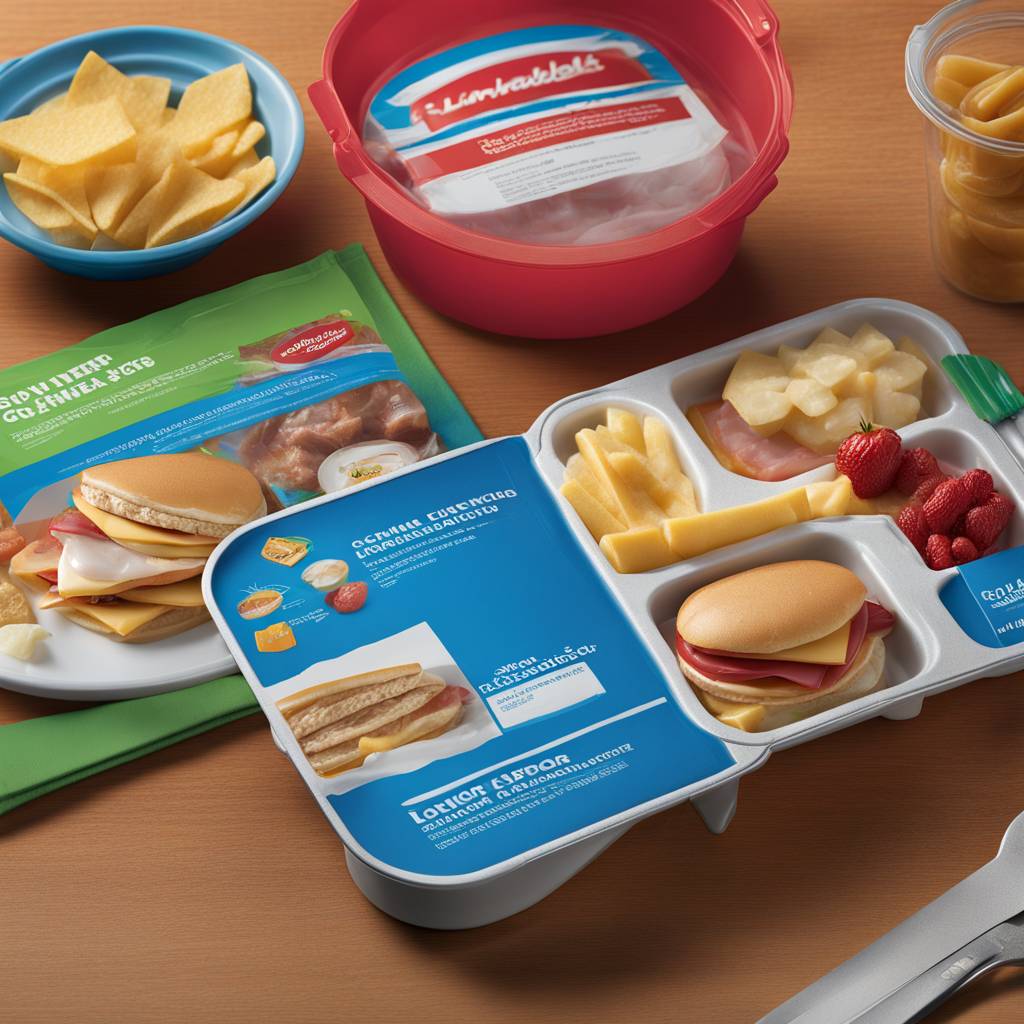Consumer Reports recently warned that school cafeteria versions of popular kids’ snack kit Lunchables contain too much sodium. The nutritional profiles of two Lunchables kits served in schools were found to have higher levels of sodium compared to store-bought versions. Sodium levels in the turkey and cheddar school versions were significantly higher, exceeding a child’s daily recommended limit. Consumer Reports also found lead, cadmium, or both in all Lunchables kits tested, but none exceeded federal limits.
The presence of heavy metals such as lead and cadmium in Lunchables can lead to health issues over time, as these elements accumulate in the body. Children, especially infants, are more vulnerable to the effects of lead exposure. Phthalates, commonly found in Lunchables and other food products, have been linked to various health problems, including developmental issues in children and reproductive problems in both children and adults. The Consumer Reports group has petitioned the USDA to remove Lunchables from school cafeterias due to health concerns.
Lunchables, produced by Kraft Heinz, were introduced into K-12 school lunchrooms as part of the National School Lunch Program (NSLP) last year. The company reformulated the ingredients to meet federal guidelines, creating options specifically for schools like the turkey and cheddar and extra cheesy pizza varieties. Kraft Heinz stated that these school Lunchables contain more protein and whole grains, reduced saturated fat and sodium, and increased serving sizes. Despite efforts to improve nutrition, sodium levels in the school Lunchables still exceed recommended limits.
The rollout of Lunchables in schools coincided with proposed changes by the USDA to reduce added sugars and sodium in school-provided lunches. While the USDA asserts a commitment to ensuring high nutritional quality in school meals, the agency does not dictate specific food items. Kraft Heinz has taken steps to enhance the nutrition profile of Lunchables, such as reducing sodium content in crackers and introducing options with fresh fruit. However, concerns remain about additives, which are common in ultraprocessed foods like Lunchables.
Consumer Reports highlighted the presence of concerning additives in Lunchables, which are essential for creating ultraprocessed foods. These additives, including preservatives, emulsifiers, artificial colors, and sweeteners, are used to enhance flavor and shelf life. While additives are considered safe by the FDA, some watchdog groups and experts raise concerns about their potential health effects. Ingredients in Lunchables like TBHQ, sodium diacetate, carrageenan, and sodium nitrate have been linked to various health issues, including immune suppression and cancer development.
In conclusion, the high sodium levels and presence of harmful chemicals in Lunchables raise concerns about their suitability for school lunches. Consumer Reports has urged the USDA to remove Lunchables from school cafeterias to provide healthier options for children. Despite efforts by Kraft Heinz to improve the nutrition profile of Lunchables, concerns about additives and heavy metals in these products persist. Moving forward, it is essential for policymakers, food manufacturers, and consumers to prioritize children’s health by promoting nutritious and safe food options in schools.













